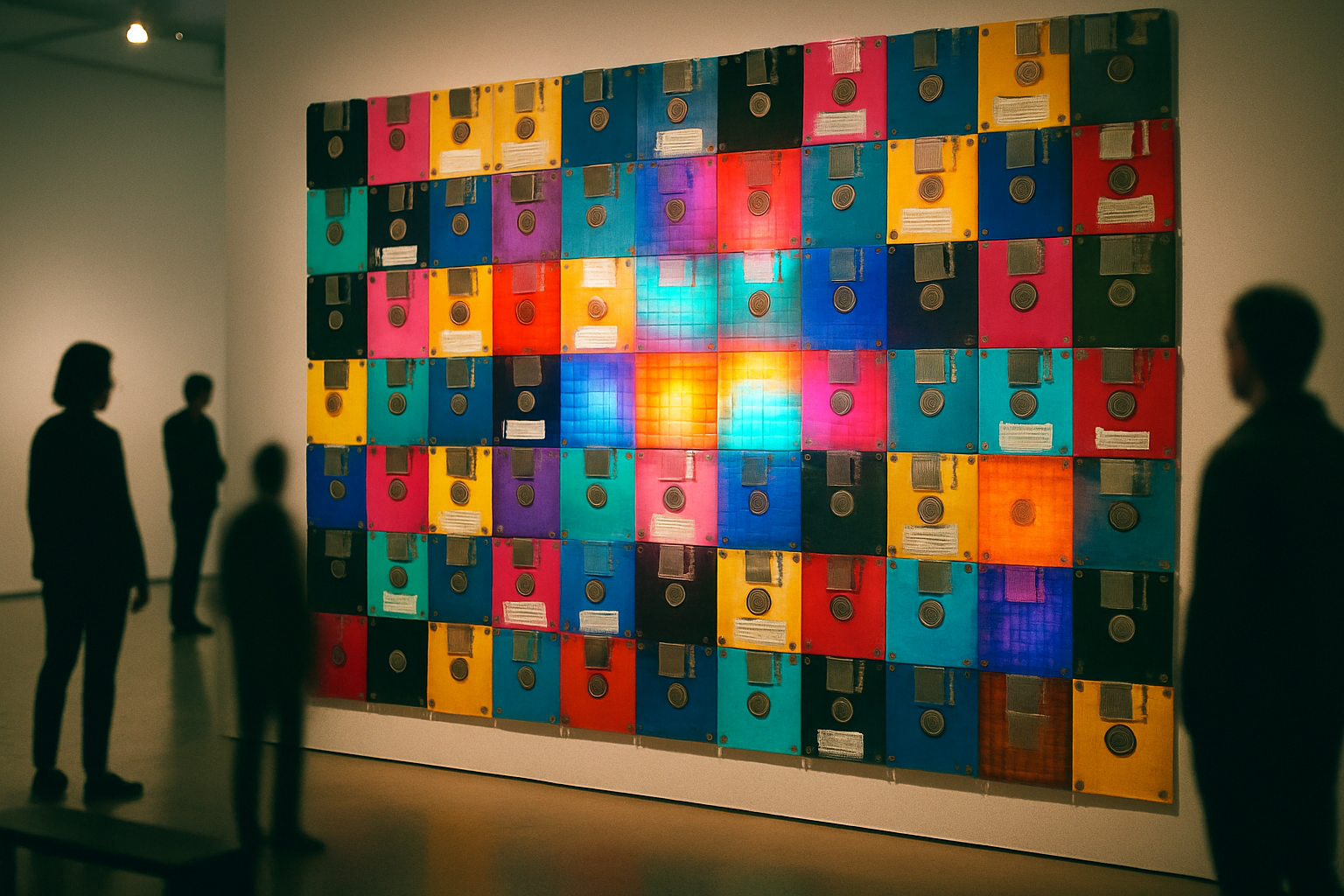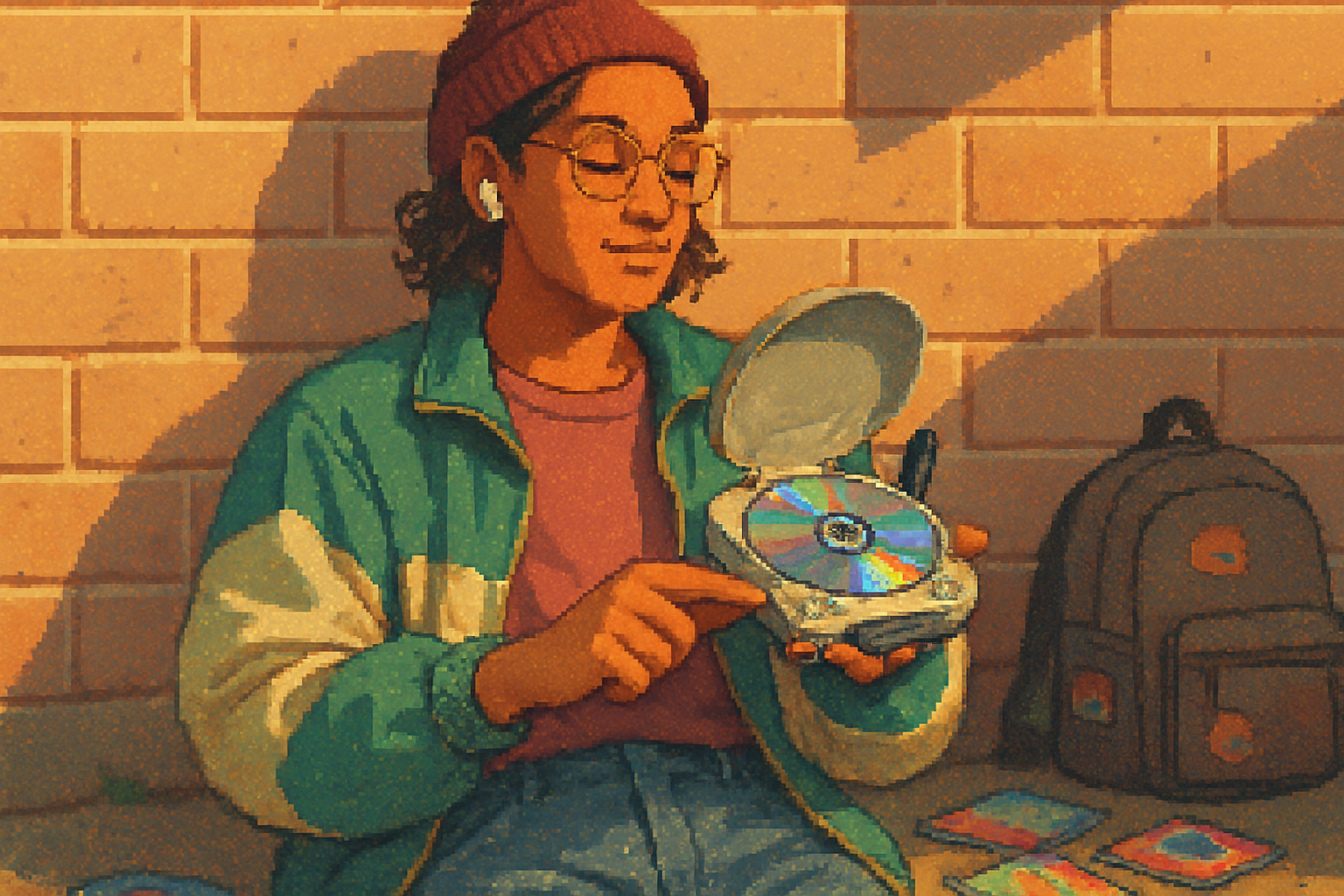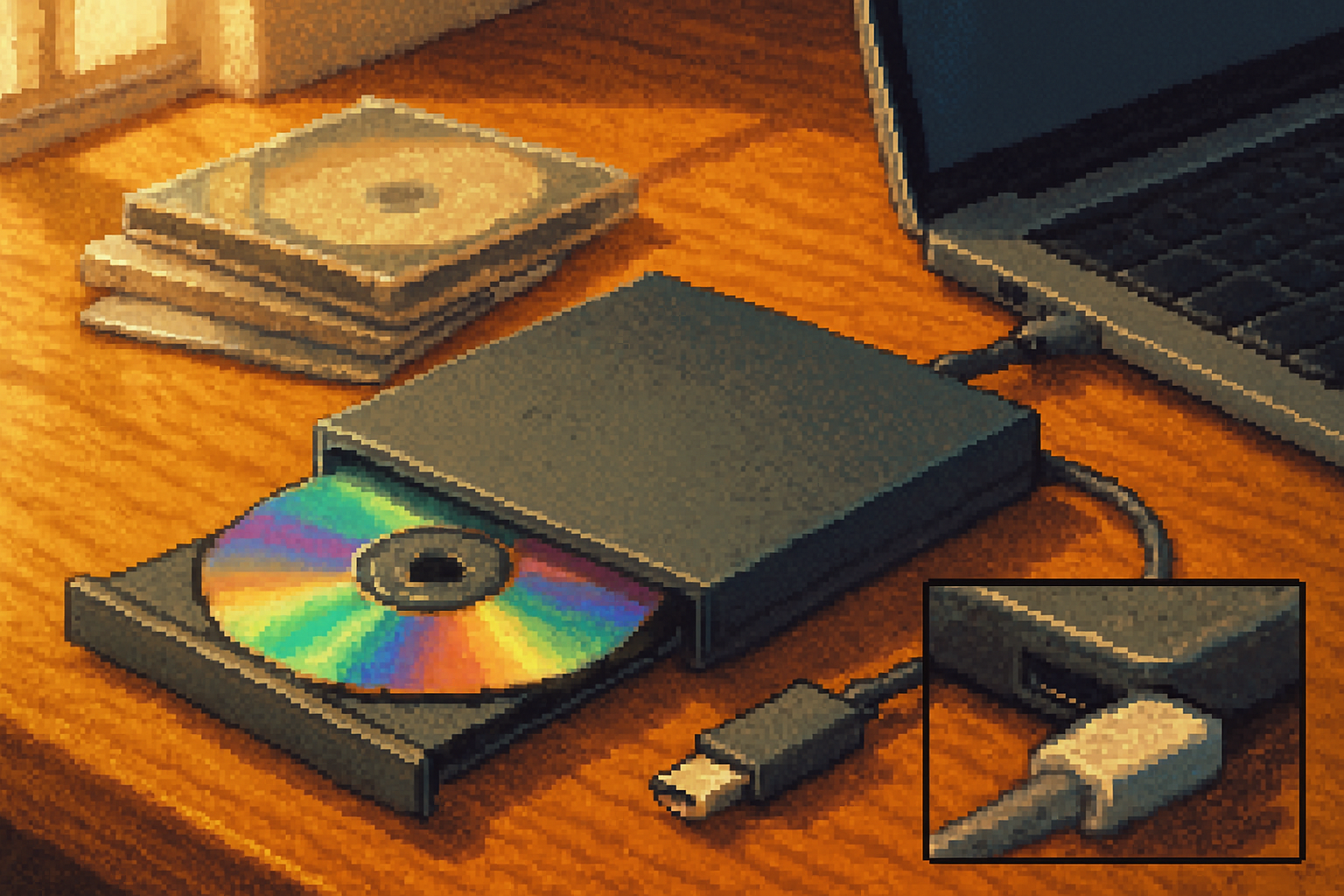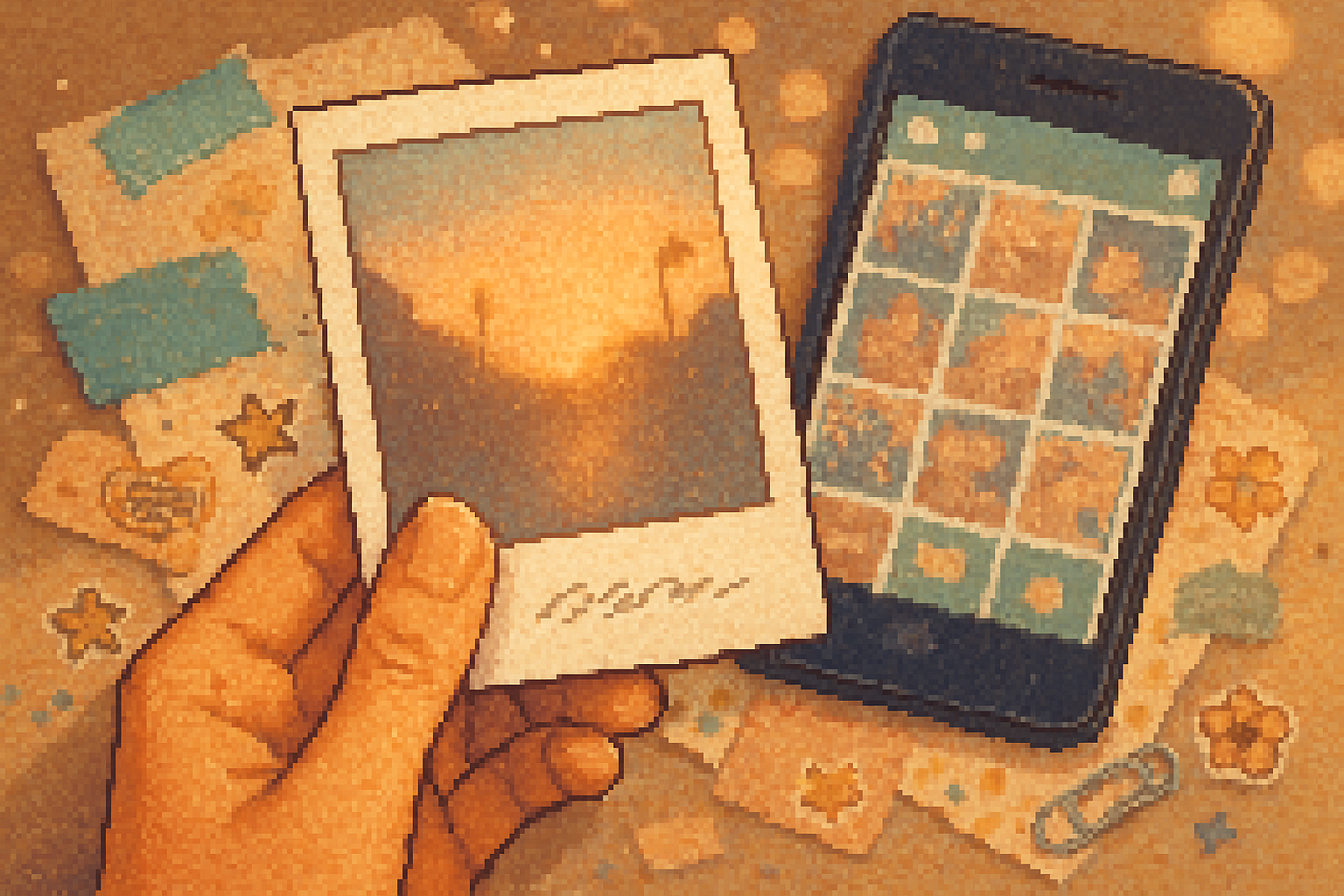· culture · 7 min read
The Floppy Disk Revival: How Antique Tech is Making a Comeback in 2024
In 2024 floppy disks are back - not as data media but as nostalgic décor and raw material for contemporary art. This article explores how designers and artists are repurposing floppy disks into installations, fashion, and commentary on obsolescence, memory, and sustainability.

Why the floppy disk - again?
It sounds absurd: a data medium whose heyday ended in the 1990s is now popping up in gallery shows, boutiques, and Instagram feeds. Yet the humble floppy - particularly the 3.5-inch disk with its colorful plastic shells and tiny sliding metal shutter - carries enormous visual and emotional currency. It’s tactile, recognizably “techy,” and instantly legible as an icon of a pre-cloud era when storage was physical and small.
Two forces are converging to fuel the floppy revival in 2024:
- A cultural appetite for retromania - a fascination with revisiting and reworking older media and styles.
- A maker/design movement that treats discarded electronics as sculptural material, pairing nostalgia with sustainability.
For context on our broader fascination with cultural return and reuse, Simon Reynolds’ idea of “retromania” remains a useful lens: retro aesthetics aren’t just recycling - they’re a way of reinterpreting history and identity.
(See: Retromania - Simon Reynolds)
What artists and designers are doing with floppies
Rather than attempting to resurrect the floppy as a practical storage medium (1.44 MB does not compete with cloud storage), creatives are using the object for its form, color, and cultural associations. Typical approaches include:
- Sculptural mosaics and wall hangings - hundreds or thousands of disks arranged edge-to-edge to make pixelated portraits or geometric patterns.
- Wearable art and fashion - jackets, cuffs, and bags built from sewn, heat-formed, or riveted disk shells.
- Lighting and chandeliers - disks layered to diffuse light and cast curious square shadows.
- Kinetic and sound installations - motors that rotate disk drives or magnet-actuated ensembles that produce clacking rhythms as commentary on mechanical memory.
- Mixed-media collage and framed works - disks combined with paper ephemera, old printouts, and found electronics.
This work operates on multiple levels: it’s visually striking, economical (many disks are cheap or free), and conceptually rich - floppies are simultaneously relics and metaphors for how we store and forget.
Themes: obsolescence, memory, and the politics of reuse
Artists frequently use floppy disks to explore several overlapping ideas:
- Obsolescence as aesthetic - Using objects designed to be discarded emphasizes temporality. The floppy’s recognizable form signals the inevitability of technological change.
- Material memory - Floppies can carry literal traces of past data (labels, handwriting, manufactured serial numbers) and represent the fragility of digital memory - bit rot, unreadable formats, and lost files.
- Consumption and waste - Repurposing disks calls attention to electronic waste and the environmental cost of constant device turnover.
- Nostalgia vs. critique - Some works celebrate the tactile pleasure of objects while others critique the romanticizing of the past, arguing nostalgia can obscure systemic issues like planned obsolescence.
These themes resonate beyond the floppy disk: they tap into broader anxieties about what we keep, what we throw away, and how technology shapes what we remember.
Examples of common installation techniques
Below are practical ways floppies have been used in contemporary works - described broadly so designers and curators can imagine variations.
Modular wall panels - disks are snapped or glued onto plywood grid panels. The metal shutter can be bent or removed for texture; labels can be preserved or replaced.
Backlit mosaics - translucent layers of disk shells (or cut inserts) mounted in front of LED panels create glowing, pixel-like fields. Colorful shells work like analog pixels.
Sound sculptures - stepper motors or solenoids strike disk shells or mounted drives to create mechanical rhythms. Pairing these sounds with recorded disk drive noises emphasizes the material’s origins.
Wearable construction - disks can be perforated and linked with chainmail techniques, or softened by heating and formed into curved surfaces for garment elements. Reinforcement and comfort layers are essential.
Assemblage and collage - disks are sliced and inlaid with printed circuit boards, tape, and paper to craft layered narratives about data and memory.
A simple pseudo-code snippet for arranging a disk mosaic on a rectangular panel:
panel_width = 1200 # millimeters
panel_height = 800
disk_size = 95 # 3.5" floppy approximated in mm
gap = 2 # spacing
cols = floor((panel_width + gap) / (disk_size + gap))
rows = floor((panel_height + gap) / (disk_size + gap))
position_disk(r, c) = (c*(disk_size+gap), r*(disk_size+gap))This kind of planning helps figure how many disks you’ll need and how they’ll fit the space.
Sourcing materials and sustainability notes
If you’re inspired to try a floppy project, here’s pragmatic guidance:
- Where to find disks - thrift stores, estate sales, university surplus sales, online marketplaces, and community e-waste drop-offs. Organizations clearing large lab or office spaces sometimes give away boxes.
- Cleanliness and safety - old disks can carry dirt, adhesives, and mold. Clean gently with isopropyl alcohol and gloves. When cutting or sanding plastic, use appropriate masks and ventilation.
- Reuse vs. recycling - repurposing disks for art is often preferable to sending them to landfills, but remember that floppies contain mixed plastics and metal. If a project fails, check local electronic recycling rules.
- Ethical sourcing - avoid buying disks at inflated prices from collectors if your goal is sustainable reuse - prefer community sources and salvage.
Practical decorative uses around the home
Floppy disks can move out of the gallery and into everyday spaces in fun ways:
- Coasters and placemats - seal with resin or laminate for spill resistance.
- Framed art - backboard a collection of labeled disks as a conversation piece.
- Office organization - a floppy-based wall rack for mail, notes, or phone chargers (playful irony preserved).
- Lampshades and room dividers - lightweight and geometric, they perform well in modern interiors.
These uses keep the floppy’s identity intact while giving the object new utility.
The cultural ripple: social media, markets, and museums
Instagram and TikTok have amplified floppy aesthetics: short how-tos, upcycled designs, and time-lapse installations spread quickly, inspiring hobbyists and makers. Small designers sell floppy-derived accessories on marketplaces, and contemporary craft fairs often feature disk-based work.
Museums and galleries have recognized the visual and conceptual potency of obsolete tech. Whether in curated shows about media archaeology or in design festivals, floppies help tell stories about the relationship between humans and machines.
Limitations and ethical questions
The floppy revival isn’t free of tensions:
- Romanticizing the past can distract from structural critiques about the tech industry (labor practices, e-waste, planned obsolescence).
- Commercializing relics can create a market that prices out community reuse if collectors hoard materials.
- Some artists and conservators note the ephemeral nature of repurposed plastics - many floppy-derived works will themselves become future “obsolete” objects.
Acknowledging these limits makes the revival more thoughtful and less purely nostalgic.
Looking forward: why the floppy speaks to 2024
In 2024, a few cultural currents make the floppy especially resonant:
- A growing emphasis on materiality after years of cloud-first, screen-dominant experiences.
- A deeper public interest in sustainability and second-life design strategies.
- The continuing fascination with “analog” forms of memory - physical photos, print ephemera, and tactile storage.
The floppy is an emblem: small, portable, and now, paradoxically, oversized as a cultural symbol. Whether used to make a chandelier or a political statement about waste, the floppy disk’s comeback shows how objects outlive their original function and acquire new meanings.
Final thoughts
The floppy disk revival is less about a technical renaissance and more about translation: converting an obsolete tool into a language of design and critique. For artists and designers, floppy disks offer a ready-made vocabulary of color, geometry, and cultural memory. For viewers, they prompt questions: what we choose to preserve, what we make into art, and how the objects of yesterday can help us think about the future.
If you’re considering a floppy-based project, treat the disks as both material and metaphor - and be mindful of sourcing and sustainability so your nostalgia leaves a light footprint.
References and further reading
- Floppy disk (overview): https://en.wikipedia.org/wiki/Floppy_disk
- Retromania (concept): https://en.wikipedia.org/wiki/Retromania
- Glitch art (movement and aesthetic): https://en.wikipedia.org/wiki/Glitch_art
- Electronic waste (context on e-waste): https://en.wikipedia.org/wiki/Electronic_waste



